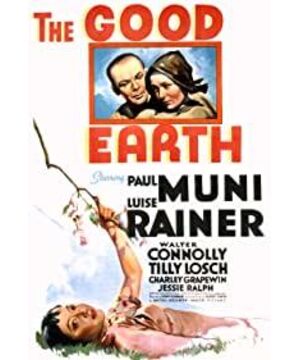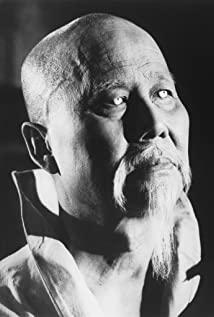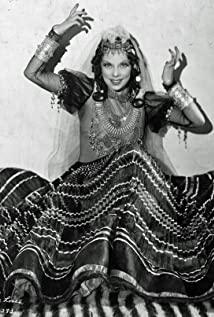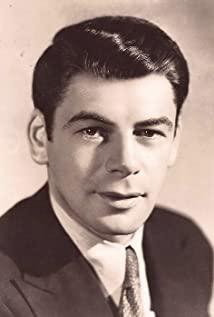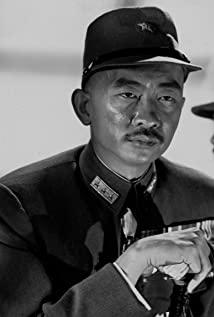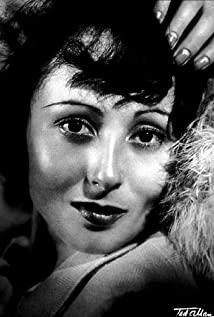Thalberg eventually persuaded Mayer to get a budget of $2.8 million, It took three years to shoot The Good Earth. Pearl Buck hoped that all the characters in the film would be played by Chinese or Chinese Americans, but MGM ended up using a group of veteran stars, Paul Muni who played Wang Lung and Luis Rainer who played Alan, who were the winners of the 1936 Oscar for male and female roles, respectively. , Paul Muni is The Story of Louis Pasteur (1936), Luis Rainer is The Greatest Ziegfeld (1936).
"I'm in business of creating illusions." Thalberg said in response to a question about using American actors.
Someone once suggested that Anna May Huang play the role of Alan, but the anti-intermarriage regulations in Hays Code did not allow Paul Muni's wife in the play to be played by a non-white man. Later, MGM wanted Anna May Huang to play the lotus, but she categorically refused, "I With Chinese blood on my body, you let me play the only villain in a movie where all Americans play Chinese.”[3]
In Hollywood at the time, Rainer was a loner, often appearing in public without makeup and in slacks. As a critic of the film industry, she considers herself first and foremost a pure stage actor, and therefore has no interest in fame itself. After being nominated for an Academy Award for Best Actress for her performance in The Good Earth, Rainer made a statement to Society members that she would not attend the ceremony unless she was guaranteed an award. Rainer stayed at home that night, and a distraught Louis B. Mayer sent MGM staff to her house, only to find her in her pajamas and curlers on her head. She was asked to put on a formal suit immediately, then was taken to the Oscars dinner, which ended up taking that year's Best Actress award.
Regarding the filming location, MGM wanted to shoot in China, but the Nanjing Nationalist government had two groups of opinions. The opposition was out of dissatisfaction with the novel’s description of China’s backwardness, and the support was because the filming in China could be regulated by the government. In the end, Jiang Gong came forward and allowed filming in China, on the condition that the charming rural scenery of China was shown, and the filming process was supervised by the Chinese government, and the conditions that the actors must be Chinese were not realized. Most of the original footage disappeared mysteriously on a ship back to the United States, and a five-hundred-acre farm in the Chatsworth area of Los Angeles had to be converted into a rural Chinese landscape to make up for the missing footage.
Thalberg died in September 1936, just a few months before the film was finished. While he never puts his name on the credits saying "credit you give yourself is not worth having," Louis B. Mayer opens the film with a tribute to him, "To the memory of Irving Grant Thalberg. We dedicate this picture, his last great achievement.”
In the same year, the Society added a new honor, the Irving G. Thalberg Memorial Award, for "Creative producers, whose bodies of work reflect a consistently high quality of motion picture produc-tion."
[1] http://en. wikipedia.org/wiki/The_Good_Earth
[2] http://www.tcm.com/this-month/article/27609%7C0/The-Good-Earth.html
[3] http://www.asiaarts.ucla. edu/article.asp?parentid=6132
View more about The Good Earth reviews


